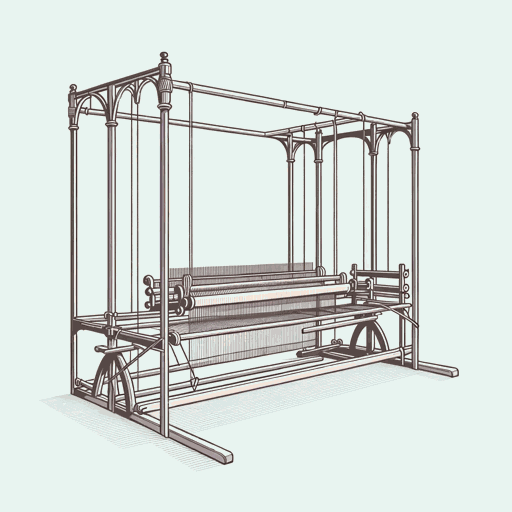58 pages • 1 hour read
E. P. ThompsonThe Making of the English Working Class
Nonfiction | Book | Adult | Published in 1963A modern alternative to SparkNotes and CliffsNotes, SuperSummary offers high-quality Study Guides with detailed chapter summaries and analysis of major themes, characters, and more.
Part 2, Chapters 6-9Chapter Summaries & Analyses
Part 2: “The Curse of Adam”
Part 2, Chapter 6 Summary: “Exploitation”
Chapter 6 establishes a historiographical (what other scholars have written on the subject) and a historical context for Part 2. In the mid-20th century, prevailing academic orthodoxies held that the Industrial Revolution had broad material benefits. Economic empiricists such as Sir John Clapham, author of Economic History of Modern Britain (1926) held that the combination of steam power and the cotton mill produced the English working class, and that empirical data shows material improvements in the working class’s standard of living during the Industrial Revolution. Thompson also cites F.A. Hayek and others who gloss over the Industrial Revolution’s destructive consequences because of their ideological preoccupation with defending capitalism against totalitarian threats.
Thompson counters empiricism with history. First, he argues that the “working class made itself as much as it was made” (194) by steam power and the cotton mill: The political context introduced in Part 1 is at least as important as the industrial context. Furthermore, economic data, however useful, cannot explain why so much surviving evidence conveys a sense of unfolding catastrophe. In short, according to the evidence, working-class people observed, experienced, and described “more intensive or more transparent forms of economic exploitation” (198).
Featured Collections
British Literature
View Collection
Business & Economics
View Collection
Challenging Authority
View Collection
Class
View Collection
Class
View Collection
Community
View Collection
European History
View Collection
Political Science Texts
View Collection
Politics & Government
View Collection
Power
View Collection
Sociology
View Collection
SuperSummary Staff Picks
View Collection
The Best of "Best Book" Lists
View Collection

